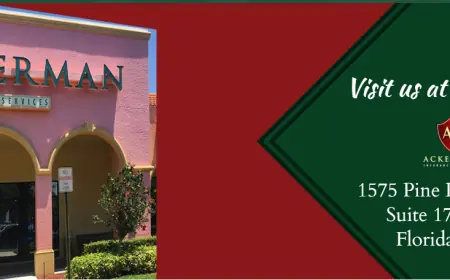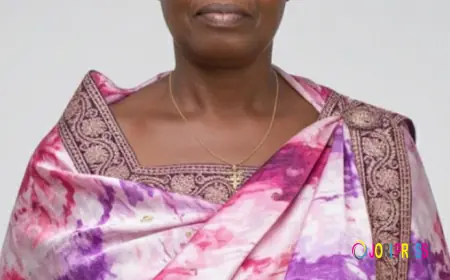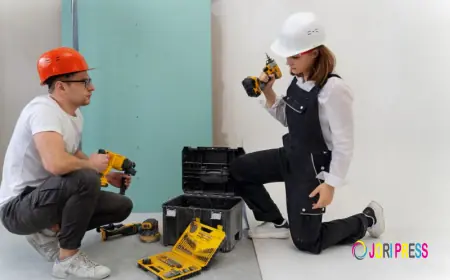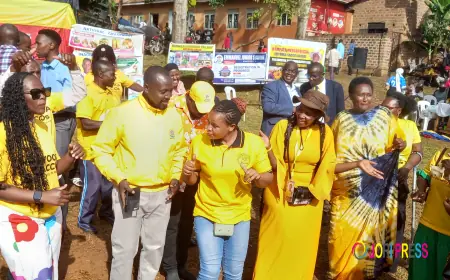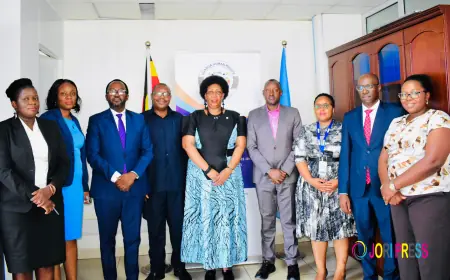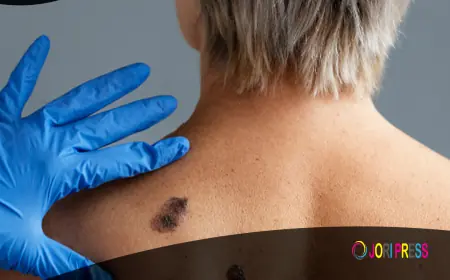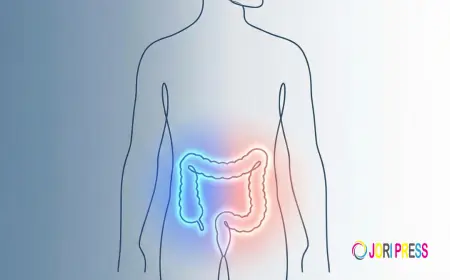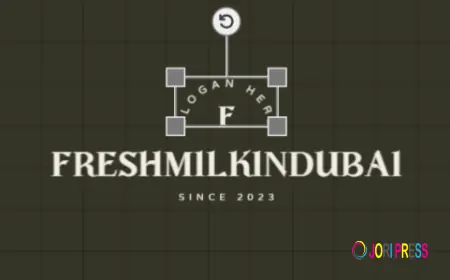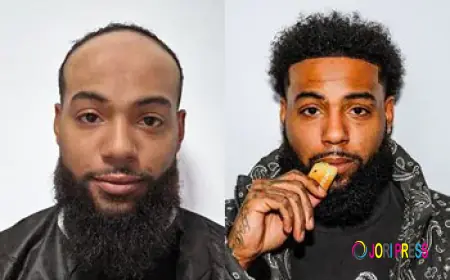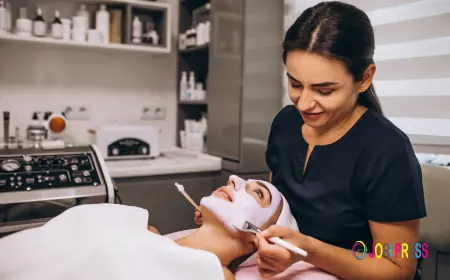Revision Rhinoplasty in Riyadh: Correcting Past Surgeries
Trusted Rhinoplasty in Riyadh tailored to enhance your facial harmony. Natural results and expert hands await.
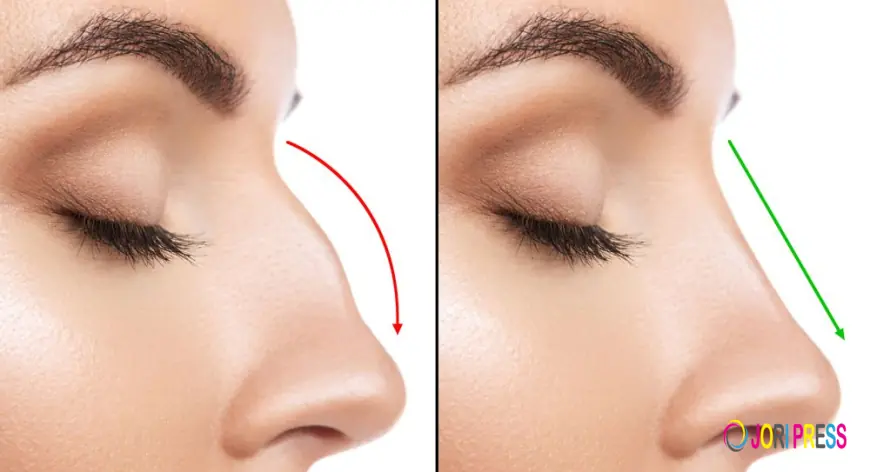
Introduction
While rhinoplasty can deliver life-changing results, not every patient achieves their desired outcome the first time. Some individuals experience functional issues, aesthetic dissatisfaction, or complications that require corrective surgery. Rhinoplasty in Riyadh offers advanced revision procedures that address these concerns, restoring both appearance and nasal function. Revision rhinoplasty is a delicate process, requiring exceptional skill, advanced techniques, and a thorough understanding of nasal anatomy.
Table of Content:
-
What Is Revision Rhinoplasty?
-
Why Patients Seek Revision Surgery
-
Common Issues After Primary Rhinoplasty
-
Breathing Problems
-
Cosmetic Dissatisfaction
-
Over-Resection or Structural Weakness
-
Asymmetry
-
-
How Revision Rhinoplasty Differs From Primary Rhinoplasty
-
Techniques Used in Revision Rhinoplasty
-
Structural Grafting
-
Scar Tissue Management
-
Advanced Imaging
-
Ultrasonic Tools
-
-
Candidate Evaluation for Revision Rhinoplasty
-
The Role of Timing in Revision Procedures
-
Recovery Timeline for Revision Rhinoplasty
-
Emotional Impact of Revision Surgery
-
Success Rates of Revision Rhinoplasty
-
Risks and Considerations
-
Long-Term Benefits of Revision Rhinoplasty
-
Riyadh’s Expertise in Revision Rhinoplasty
-
Choosing the Right Surgeon for Revision Surgery
-
Conclusion
-
FAQs
-
Call to Action – Royal Clinic Saudia
What Is Revision Rhinoplasty?
Revision rhinoplasty, sometimes called secondary rhinoplasty, is a corrective surgery performed after an initial nose surgery. It addresses unresolved issues or new problems caused by the first procedure.
Why Patients Seek Revision Surgery
Not all rhinoplasty results match patient expectations. Some pursue revision due to functional problems, while others aim to refine aesthetics. In Riyadh, revision procedures help patients achieve the balance, symmetry, and breathing improvements they initially sought.
Common Issues After Primary Rhinoplasty
Breathing Problems
Over-resection of cartilage or poor healing can cause nasal blockage or breathing difficulties.
Cosmetic Dissatisfaction
Some patients feel their nose appears unnatural, uneven, or inconsistent with their facial features.
Over-Resection or Structural Weakness
Removing too much cartilage can weaken the nose, leading to collapse or deformities.
Asymmetry
Healing irregularities or surgical errors can create uneven results, requiring correction.
How Revision Rhinoplasty Differs From Primary Rhinoplasty
Revision surgeries are more complex due to scar tissue, altered anatomy, and limited cartilage availability. They require advanced expertise and often involve grafting to restore stability and aesthetics.
Techniques Used in Revision Rhinoplasty
Structural Grafting
Cartilage from the septum, ribs, or ears strengthens weak nasal structures and restores shape.
Scar Tissue Management
Surgeons carefully remove or adjust scar tissue to improve nasal contour and function.
Advanced Imaging
3D imaging helps visualize the internal and external structures, guiding precise corrections.
Ultrasonic Tools
These tools reshape bones with minimal trauma, reducing swelling and enhancing precision.
Candidate Evaluation for Revision Rhinoplasty
Candidates undergo thorough evaluations, including:
-
Nasal function testing
-
Structural assessment with imaging
-
Review of medical and surgical history
-
Discussion of realistic expectations
The Role of Timing in Revision Procedures
Timing is crucial. Surgeons usually recommend waiting 12–18 months after the first surgery before undergoing revision. This ensures that tissues have healed and the final outcome of the initial rhinoplasty is visible.
Recovery Timeline for Revision Rhinoplasty
-
Week 1: Swelling and bruising peak, splints are removed
-
Weeks 2–4: Bruising fades, patients resume daily activities
-
Months 3–6: Significant refinements visible
-
12 Months: Final results stabilize
Healing often takes slightly longer than primary rhinoplasty due to scar tissue.
Emotional Impact of Revision Surgery
Patients seeking revision often carry emotional stress from unsatisfactory results. Corrective surgery not only restores nasal function but also rebuilds confidence and trust in the process.
Success Rates of Revision Rhinoplasty
With advanced techniques and experienced surgeons in Riyadh, revision rhinoplasty boasts high success rates. Patients achieve improved breathing, symmetry, and natural aesthetics.
Risks and Considerations
While revision rhinoplasty is safe, risks include prolonged swelling, minor asymmetry, and, in rare cases, the need for additional revisions. Choosing a skilled surgeon reduces these risks significantly.
Long-Term Benefits of Revision Rhinoplasty
Successful revision provides lasting improvements:
-
Restored confidence
-
Improved nasal airflow
-
Balanced, natural appearance
-
Long-term structural stability
Riyadh’s Expertise in Revision Rhinoplasty
Riyadh has become a center for complex rhinoplasty procedures, including revisions. Clinics here use cutting-edge technology and advanced surgical methods, making the city a trusted destination for corrective nasal surgery.
Choosing the Right Surgeon for Revision Surgery
Given the complexity of revision rhinoplasty, choosing an experienced surgeon is critical. Patients should look for surgeons with a proven track record in complex nasal reconstructions and access to advanced tools.
Conclusion
Rhinoplasty in Riyadh provides patients with expert solutions for revision surgery, correcting past procedures and delivering natural, functional, and satisfying results. With advanced techniques and skilled surgeons, revision rhinoplasty restores both beauty and confidence.
FAQ's:
How soon can I get revision rhinoplasty after my first surgery?
Most surgeons recommend waiting at least 12–18 months before undergoing revision rhinoplasty.
Is revision rhinoplasty more painful than the first surgery?
Discomfort is manageable with medication. While recovery may be slightly longer, pain levels are similar to primary rhinoplasty.
Can revision rhinoplasty fix breathing issues caused by the first surgery?
Yes. Functional problems such as airway collapse or septum deviation can be corrected during revision.
Is cartilage grafting always required in revision rhinoplasty?
Not always, but grafting is common to restore structural strength and support.
Does revision rhinoplasty leave more visible scars?
Not necessarily. Surgeons often use discreet incisions, and scarring typically heals well over time.
How long does swelling last after revision surgery?
Swelling can last several months, but significant improvements are noticeable within the first 3–6 months.
Are revision results permanent?
Yes. With proper care, results are stable and long-lasting.
How do I choose the best clinic for revision rhinoplasty in Riyadh?
Select a clinic like Royal Clinic Saudia, known for expertise in complex rhinoplasty and patient-focused care.
Call to Action
If your first surgery didn’t deliver the results you expected, don’t lose hope. Trust Royal Clinic Saudia for advanced revision rhinoplasty in Riyadh. Schedule your consultation today and regain confidence in your appearance.
What's Your Reaction?
 Like
0
Like
0
 Dislike
0
Dislike
0
 Love
0
Love
0
 Funny
0
Funny
0
 Angry
0
Angry
0
 Sad
0
Sad
0
 Wow
0
Wow
0
